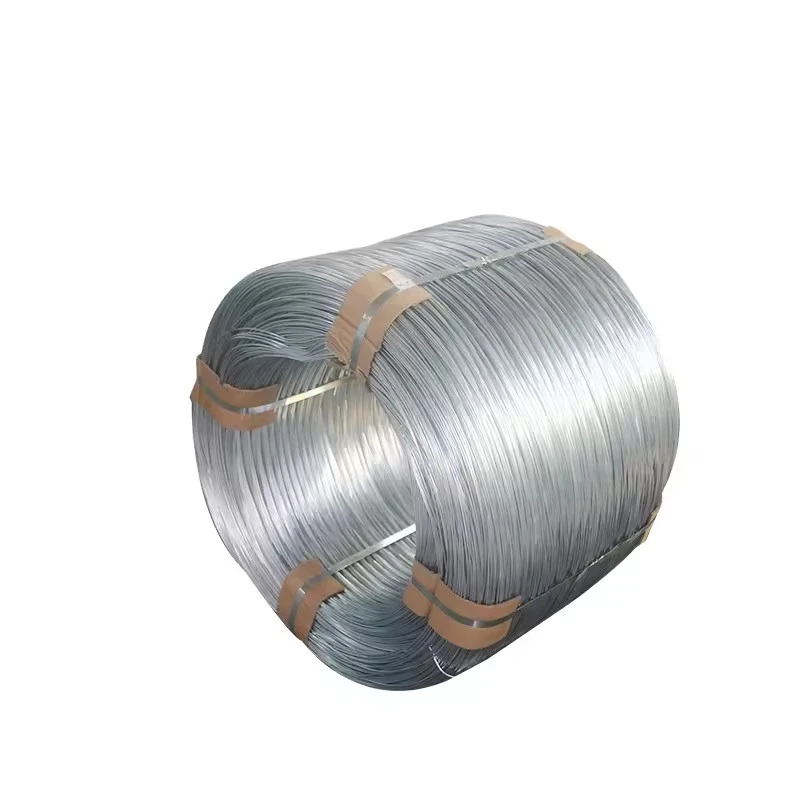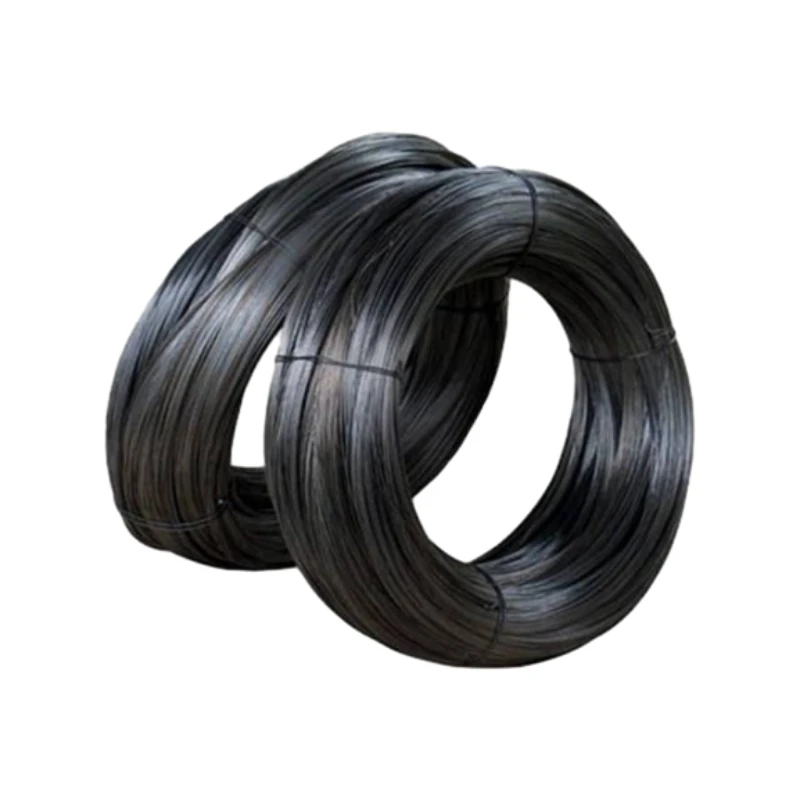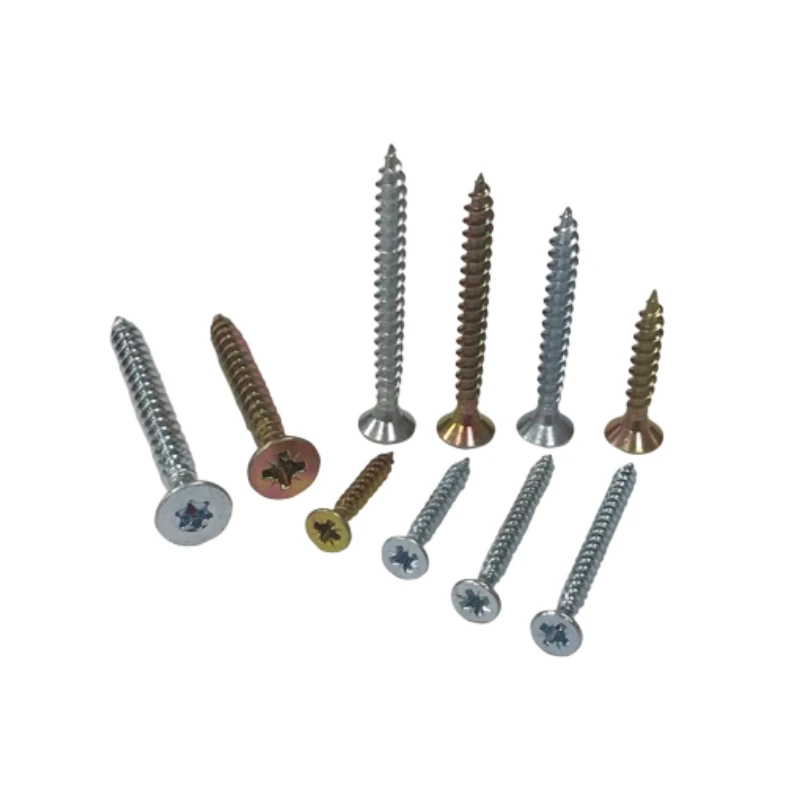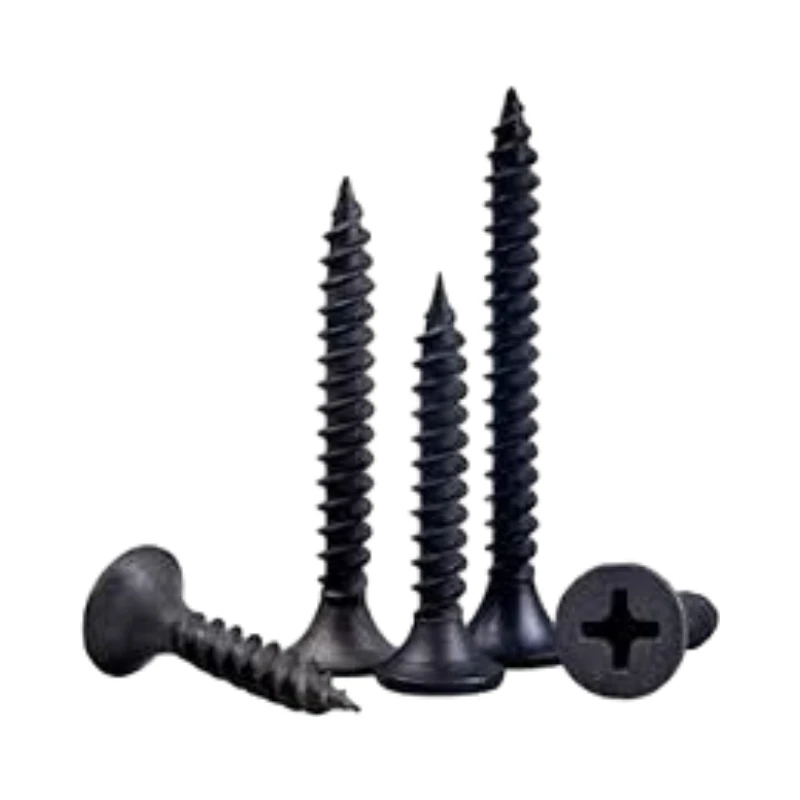
Talk With Us
+86-13601661296
Email Address
admin@sxjbradnail.comNov . 21, 2025 06:30
Back to list
The Essential Guide to Straight Brad Nails for Modern Construction and Design
Understanding Straight Brad Nails: Why They Matter Worldwide
Straight brad nails might just sound like a humble hardware item, but their importance reaches far beyond the local hardware store shelf. These small, slender nails play a critical role in construction, cabinetry, and even humanitarian projects, where reliable fastening is essential. Globally, industries depend on them for better building efficiency, reduced waste, and improved safety in applications that range from furniture making to emergency shelters. Figuring out what makes straight brad nails unique isn’t just a trivia question for builders; it’s actually pretty practical knowledge. How they can provide a cost-effective fastening solution worldwide is especially valuable in places facing rapid urban growth or post-disaster rebuilding efforts. Their simple design conceals a world of utility.Global Context: The Role of Straight Brad Nails in Modern Industry
The global construction and manufacturing sector, which represents over 6% of world GDP according to the World Bank, has a quietly pivotal dependence on fasteners like straight brad nails. According to ISO standards (specifically ISO 10503 covering nails), these tiny components must meet precise quality criteria to ensure structures hold firm. Yet, challenges like material shortages and quality variations can derail projects—think about expensive rework or unsafe structures due to cheap or broken nails. That’s why straight brad nails address a rather intriguing problem: how do you make fastening small, often delicate wood pieces securely without bulk or mess? Their conservative design has been refined to tackle these dilemmas with impressive reliability. Mini takeaway: Straight brad nails are a small but essential piece of the puzzle keeping construction and manufacturing both efficient and safe globally.Defining Straight Brad Nails: What Are They?
So, what exactly are straight brad nails? Simply put, these are thin, pointed nails usually less than 2 inches long, featuring a small or no head and a straight shank. Unlike standard nails, their slender form minimizes wood splitting and provides a near-invisible finish, making them a staple in fine woodworking like cabinetry or detailed trim work. In modern industry, straight brad nails enable stronger yet subtle connections—think assembling furniture pieces or constructing modular, lightweight shelters used in humanitarian efforts. They meet the twin goals of strength and aesthetics that many other fasteners can’t balance as well. Mini takeaway: Straight brad nails combine utility with finesse, linking large-scale demands with delicate tasks gracefully.Core Features of Straight Brad Nails
1. Durability
Despite their small size, these nails are typically made from hardened steel treated to resist corrosion. For outdoor or long-term applications, galvanized or stainless steel variants keep structures intact against moisture and rust — a critical feature when durability is part of the job description.2. Precision & Finish
Their thin diameter reduces wood splitting and leaves a minimal surface mark. The heads often sink flush or get covered easily, offering a clean finish coveted in furniture and interior design.3. Scalability for Projects
Straight brad nails come in various lengths (10 to 50 mm typically), suiting everything from thin panel work to larger frame attachments. This scalability makes them friendly to both small workshops and large industrial applications.4. Cost Efficiency
Compared to screws or bulky fasteners, brad nails allow faster assembly without the need for pre-drilling—saving labor time and materials in bulk orders, which adds up in industries handling thousands of units.5. Compatibility with Tools
They’re designed to be used with brad nailers—compact pneumatic or electric tools that boost speed and accuracy. This automation is especially significant on large job sites where manual nailing would be impractical. Mini takeaway: Reliability, economy, and precision make straight brad nails a versatile fastening choice across industries.Where Are Straight Brad Nails Making a Difference?
The application zones for these nails are surprisingly broad:- Furniture & Cabinetry Workshops: Manufacturers rely on straight brad nails for assembling delicate trims and panels where a tidy finish is essential.
- Construction & Interior Design: For lightweight framing and molding installation within urban housing developments.
- Disaster Relief & Aid: NGOs constructing rapid-deployment shelters choose these nails for their ease of use and reliable hold, critical in emergency zones.
- Remote Industrial Zones: Mining camps and temporary facilities benefit due to the nails' portability and tools' low power requirements.
Advantages and Long-Term Value of Straight Brad Nails
Straight brad nails offer more than just fast fixing:- Cost Savings: Reduced labor and material costs translate into affordability, especially when scaled.
- Sustainability: Many manufacturers now offer eco-friendly steel options, improving recyclability.
- Reliability: Proven performance over decades, less risk of wood damage means longer-lasting structures.
- Emotional Value: Customers appreciate the neat finish and the trust that well-constructed furniture or homes inspire.
Product Specification Table
| Specification | Value |
|---|---|
| Material | Galvanized Steel / Stainless Steel |
| Length Range | 10mm – 50mm (0.4" – 2") |
| Diameter | 0.6mm – 1.2mm |
| Head Type | Small or no head (for flush finish) |
| Coating | Zinc Plated / Galvanized for rust protection |
| Compatible Tools | Electric / Pneumatic Brad Nailers |
Vendor Comparison: Key Suppliers of Straight Brad Nails
| Supplier | Price per 1,000 nails | Material Options | Lead Time | Global Shipping |
|---|---|---|---|---|
| SXJ Staple Co. | $20 – $25 | Galvanized, Stainless | 1–2 weeks | Yes |
| NailPro Inc. | $22 – $27 | Zinc Plated Only | 2–3 weeks | Limited Regions |
| BuildFast Tools | $18 – $23 | Galvanized, Stainless | 1 week | Yes |
Looking Ahead: Innovations in Straight Brad Nails
The future looks pretty interesting. There’s growing demand for nails produced with recycled steel and bio-based coatings for added environmental benefits. Some manufacturers are experimenting with nano-coatings to achieve near-perfect rust resistance without heavy metals. Digitally, integration with smart nailers that count each nail driven or adjust firing strength automatically is on the rise — especially on large assembly lines and modular construction sites. Automation paired with greener materials really shows the industry adapting to broader sustainability and efficiency trends.Challenges and How the Industry Addresses Them
A few common hurdles exist: misfires in nailers, occasional splitting of very delicate wood, and supply chain disruptions that push prices up. But many companies now offer pre-treated nails matched precisely to tool specs, reducing jams and breaks. And diversification of sources keeps supply steady despite geopolitical tensions.FAQ: Your Questions About Straight Brad Nails Answered
- What exactly makes straight brad nails different from regular nails?
- Straight brad nails are thinner, with smaller or no heads, designed for finer woodworking where minimal surface damage matters. They differ by causing less splitting and provide a cleaner finish compared to regular nails.
- Can straight brad nails be used outdoors?
- Yes, but only if they are galvanized or stainless steel. Untreated steel nails will rust quickly outside. Choosing the right coating is key for weather resistance.
- What tools do I need to use straight brad nails efficiently?
- Electric or pneumatic brad nailers are best since these nails are too thin for manual hammering efficiently and to ensure precision and fast work.
- How long do straight brad nail fastened joints typically last?
- When used appropriately with proper materials and protection, joints can last decades—comparable to any high-quality fastening technique.
Conclusion: The Small Nail with Big Impact
Understanding straight brad nails reveals how a simple tool can streamline construction, improve aesthetics, and create durable connections worldwide. Whether crafting fine furniture or building emergency shelters, these nails offer a blend of strength, efficiency, and subtlety that is hard to beat. For those looking to explore high-quality straight brad nails and accessories, be sure to visit straight brad nails. It really pays off to choose the right nail, the right tool, and the right supplier. --- ### Mini Takeaway: As odd as it sounds, the world partly holds together thanks to clever little nails like these.References
Prev:
This is the first article
Latest News
-
Essential Guide to Steel Brad Fasteners: Uses, Specs & TrendsNewsNov.20,2025
-
Durable and Reliable SS Brad Nails for Every ApplicationNewsNov.20,2025
-
Masonry Brad Nails: Durable Fastening Solutions for Modern ConstructionNewsNov.19,2025
-
Hot Dipped Galvanized Brad Nails – Ultimate Guide for Durable Construction FastenersNewsNov.19,2025
-
Durable and Cost-Efficient Galvanized Brads: Your Essential Fastening SolutionNewsNov.18,2025









